Leave the cellophane-wrapped lettuce at the supermarket. It's time to grow your own
Alan Titchmarsh takes us for a tour around his vegetable garden.
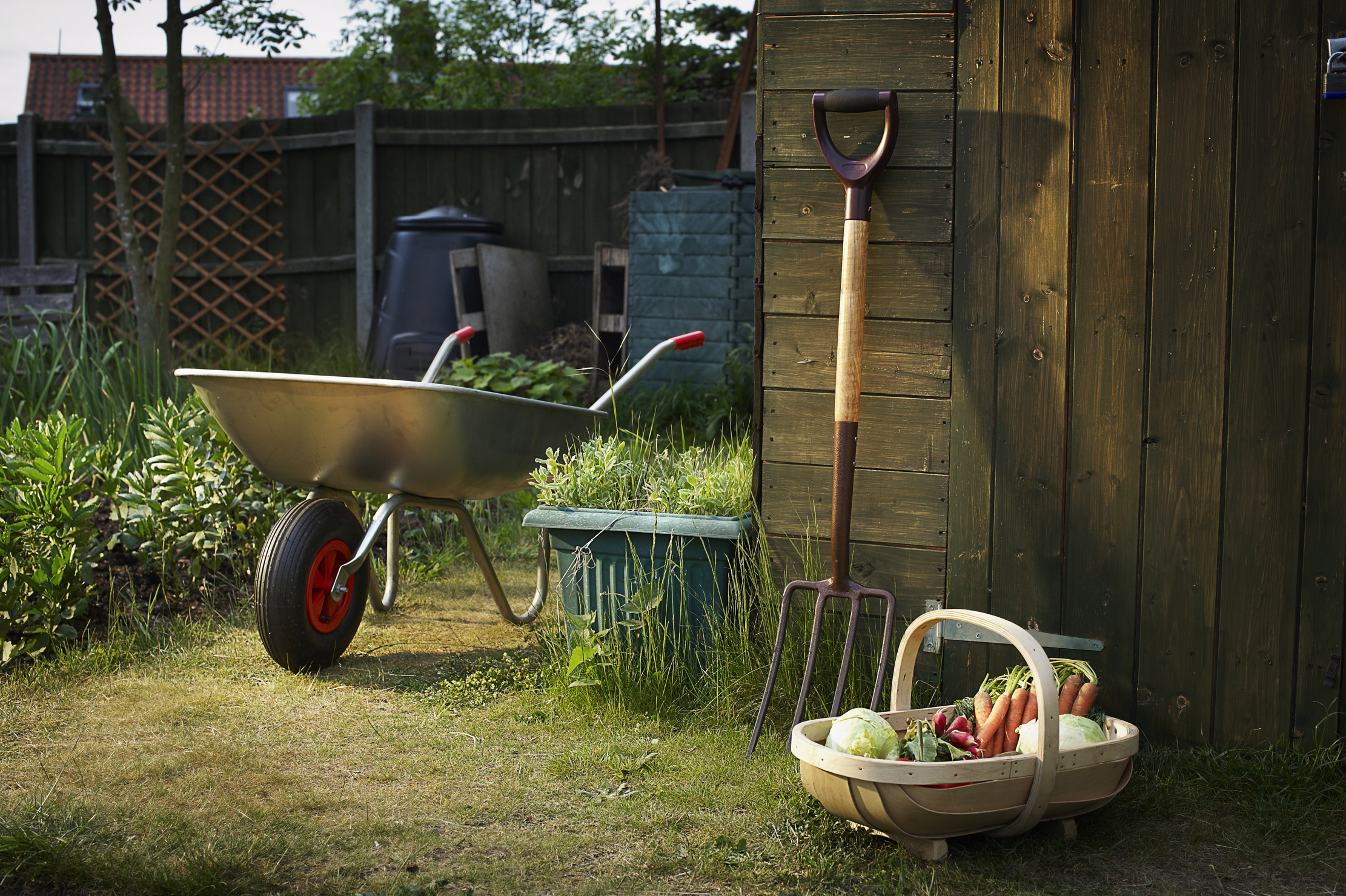

Growing vegetables and fruit remains, for many, an unfulfilled aspiration. Oh, the intention is there, but so many caveats come into play before the dream can become reality that inertia often sets in and a cellophane packet of pre-washed lettuce becomes a more realistic option. Which is a shame.
Envy may be one of the seven deadly sins, but I know of few gardeners whose epidermis is immune to a verdant flush when gazing upon a walled kitchen garden such as The King’s creation at Highgrove in Gloucestershire. Yes, the provision of homegrown produce is a laudable aim, but when those comestibles are cultivated in the shelter of tall stone or brick walls, furnished with espaliered apples and pears and perhaps even a lean-to vinery, there is something altogether more romantic in their production. I have never forgotten the first few lines of a poem written by Daniel Pettiward:
I want a kitchen garden With box to line the routes; Where things go soft and harden And cling to people’s boots.
My own kitchen garden is not, I confess, in the Highgrove league. The ‘walls’ are replaced by a simple picket fence, with stout chicken wire buried at the base to keep out rabbits. But the picket gate has a satisfying catch and a little shed sits in the centre, painted a fetching shade of Farrow & Ball and fronted by a metal plant stand on which sit terracotta pots offering seasonal interest.
Right now, pink pelargoniums provide a rather twee contrast to the raised beds of potatoes and onions, climbing French beans and courgettes. The lettuces and radishes are started off in Claverton cloches — sturdy modern replicas of those handsome Victorian constructions that give me a head start with salads.
It is the structures within a kitchen garden that contribute to its architectural, as well as its culinary pleasures. The raised beds are made of railway sleepers. Yes, they allow for ease of cultivation as the years advance, but they have also given me the opportunity to fill them with rather more nutritious soil than that which naturally overlies the chalk downland on which I garden. (That said, even tarry railway sleepers rot in time and I have half a mind to replace them with low brick walls when push-hoe comes to shovel.)
The Claverton cloches are useful at the start of the season to offer protection, but they also remain handsome architectural structures for the rest of the year, sitting on the edges of the beds like miniature pyramids.
Sign up for the Country Life Newsletter
Exquisite houses, the beauty of Nature, and how to get the most from your life, straight to your inbox.
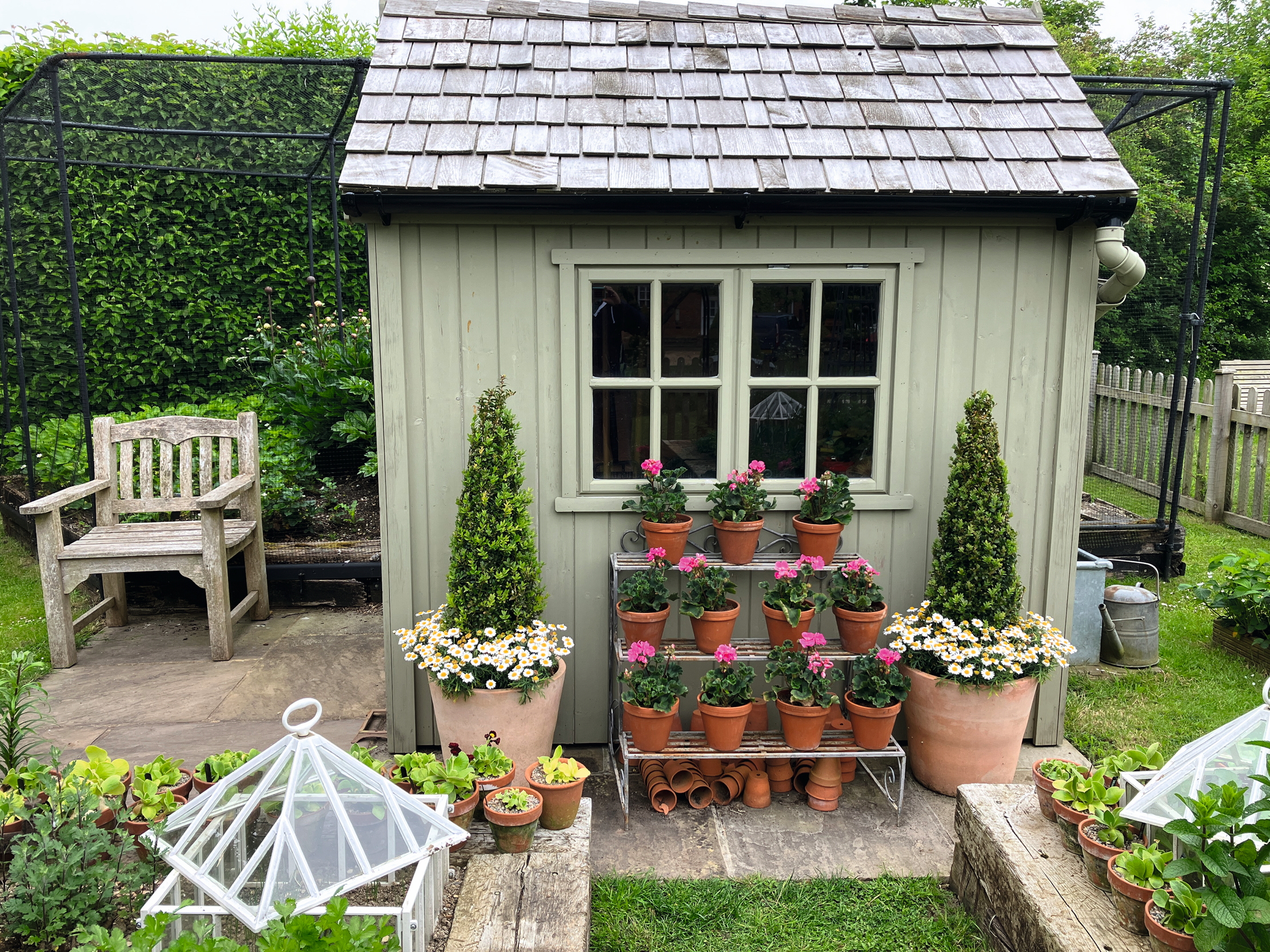
My climbing French beans (which I prefer to runners thanks to their pencil-slender pods) are trained up a wide steel pyramid fashioned by our local blacksmith. More slender galvanised obelisks support sweet peas. My grandfather grew them on his allotment for my grandmother to pick and now this grandfather and grandmother continue the tradition.
A small cedar greenhouse allows tomatoes and cucumbers the shelter they prefer. I have given up on melons this year — the labour and cultivation needed for the production of such a limited number of fruits has led me to give them a miss. Perhaps next year…
A fruit cage houses raspberries, gooseberries and strawberries, which means I get to pick them, rather than the blackbirds.
Having started our early married life with an allotment on which I sowed a veritable A–Z of vegetable crops, I learned long ago to grow only those crops we love to eat. The asparagus bed has been reduced in size since we overdosed a couple of years ago and now find ourselves rather less addicted to this prince among vegetables than was the case previously. But we have not gone off onions. I grow the variety ‘Centurion’ from sets (onion seeds seem such a bother) and I produce enough hefty, flavoursome bulbs to see us right through the year.
Potatoes take up a lot of space, but I would not be without them for that thrill of lifting the first tubers in June or July. This year, it is a row each of ‘Charlotte’ (the family favourite), ‘Maris Piper’ and ‘Pink Fir Apple’.
The lady of the house and I have similar tastes in vegetables except for one thing: I happen to like turnips. Not hard, fat fodder for livestock, but small, golf-ball-sized ‘Snowball’ turnips, chopped into cubes, boiled until soft, then smothered with butter and black pepper. Funnily enough, on my last visit, I did not notice any growing at Highgrove. I must have missed them…
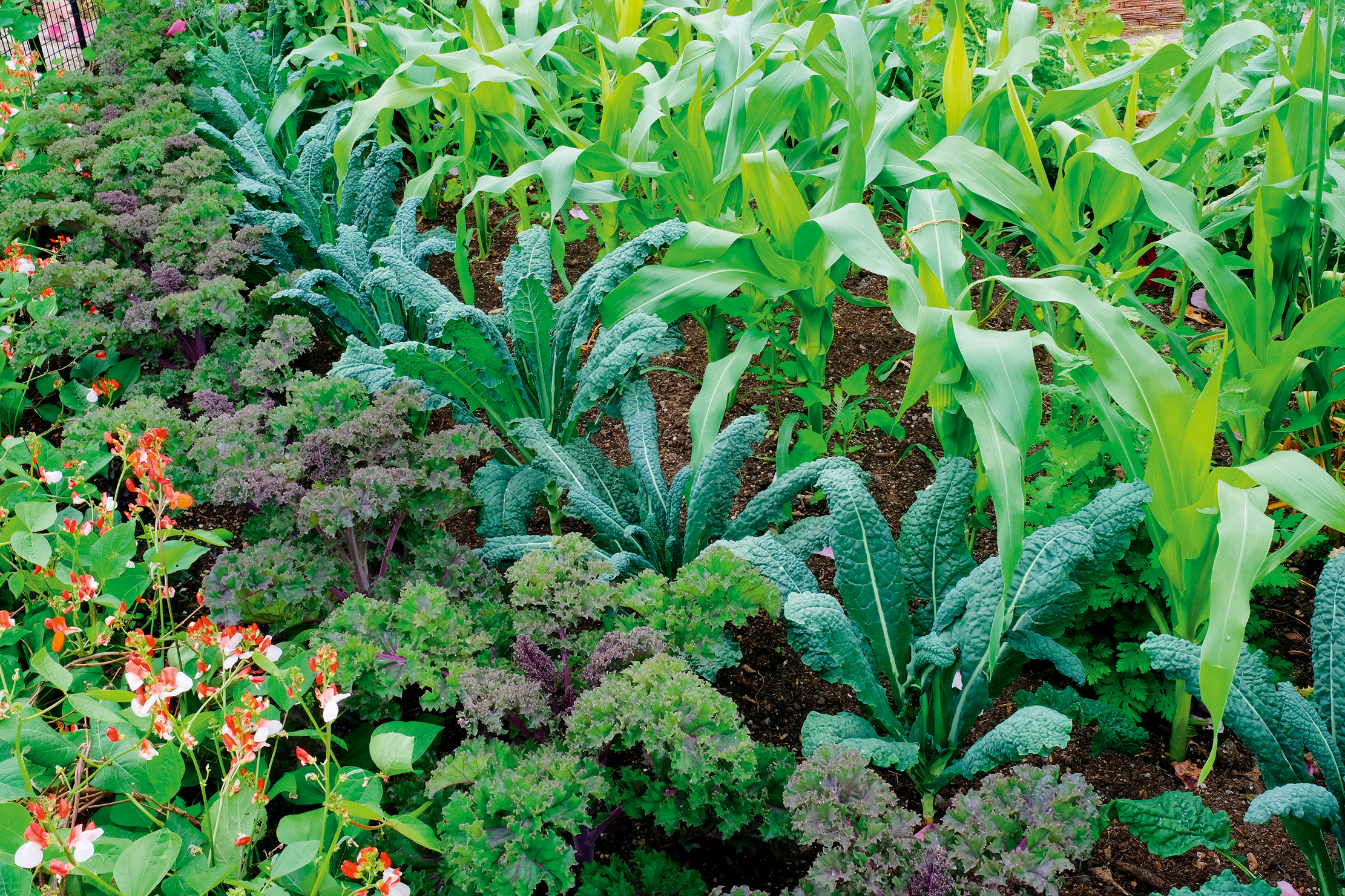
If you sow seeds in June, you might just be putting down bird seed... but it's worth the risk if you love fresh summer salads
Our grow-your-own expert Mark Diacono suggests a string of ideas for what you can plant as summer kicks in.
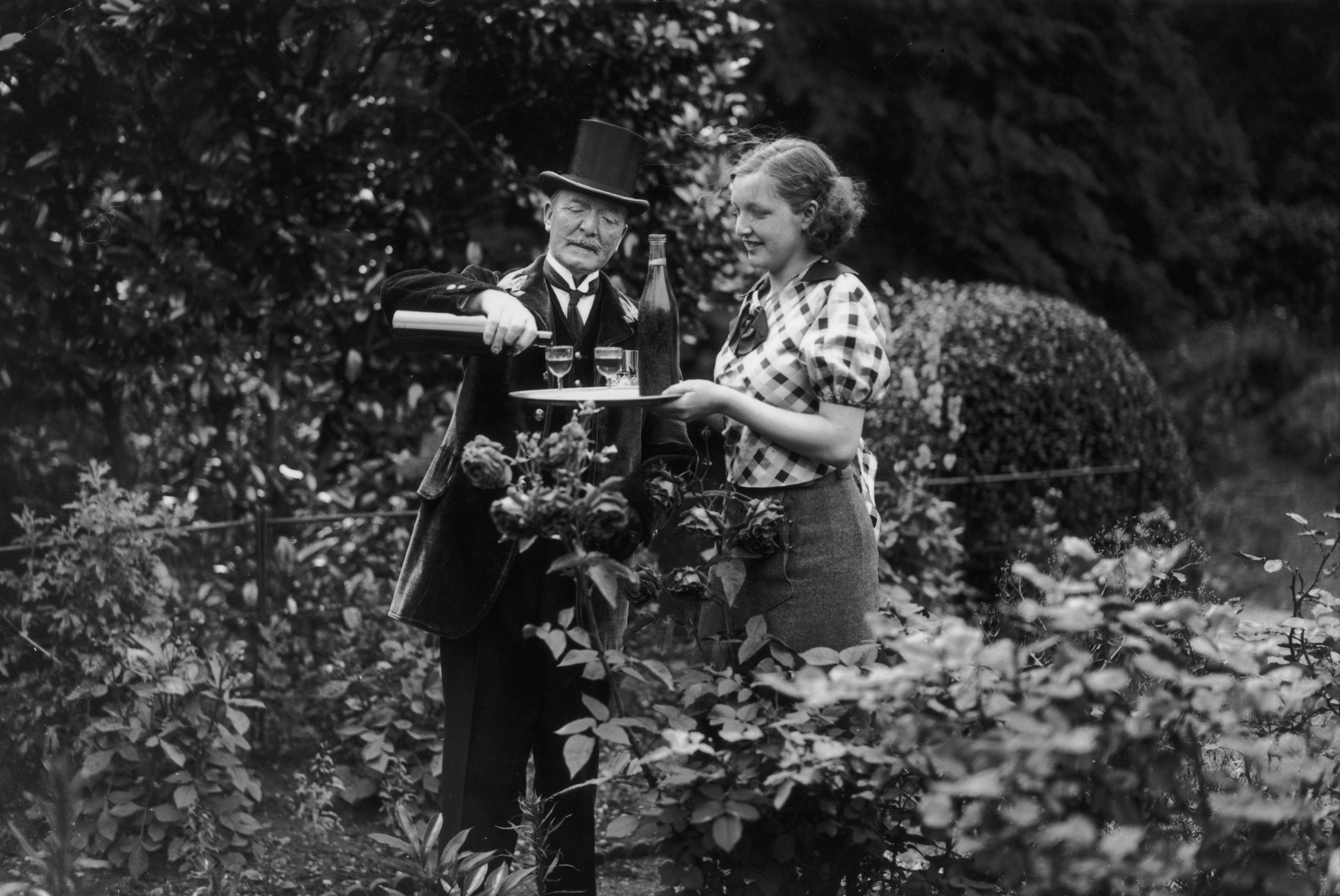
Credit: J A Hampton/Stringer via Getty Images
How to grow your own botanicals and impress at cocktail hour
Once associated largely with gin, there is a host of easy-to-grow botanicals that will enliven both drinks and mealtimes, advises
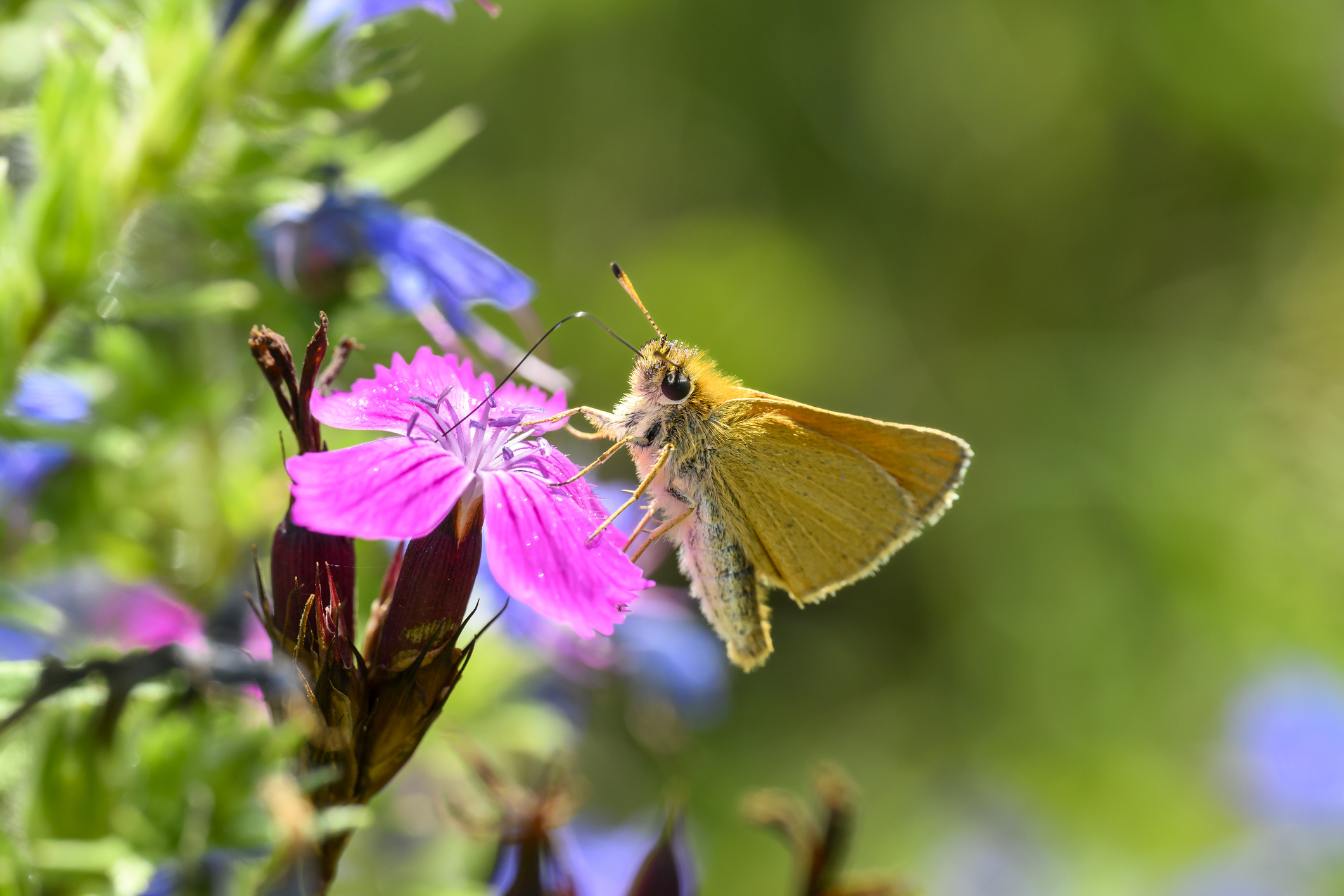
Why I try to get rid of the pinks in my garden — and the reason I always change my mind and end up keeping them
To pink or not to pink? John Hoyland on the flowers whose brief cameo is worth the bother.

Jason Goodwin: I always give the snails a flying chance at new life — but with slugs, I am merciless
It's all very well being At One with Nature, but when they start feasting on your pelargoniums, they've crossed a
Alan Titchmarsh is a gardener, writer, novelist and broadcaster.
-
 'To exist in this world relies on the hands of others': Roger Powell and modern British bookbinding
'To exist in this world relies on the hands of others': Roger Powell and modern British bookbindingAn exhibition on the legendary bookbinder Roger Powell reveals not only his great skill, but serves to reconnect us with the joy, power and importance of real craftsmanship.
By Hussein Kesvani
-
 Spam: The tinned meaty treat that brought a taste of the ‘hot-dog life of Hollywood’ to war-weary Britain
Spam: The tinned meaty treat that brought a taste of the ‘hot-dog life of Hollywood’ to war-weary BritainCourtesy of our ‘special relationship’ with the US, Spam was a culinary phenomenon, says Mary Greene. So much so that in 1944, London’s Simpson’s, renowned for its roast beef, was offering creamed Spam casserole instead.
By Country Life